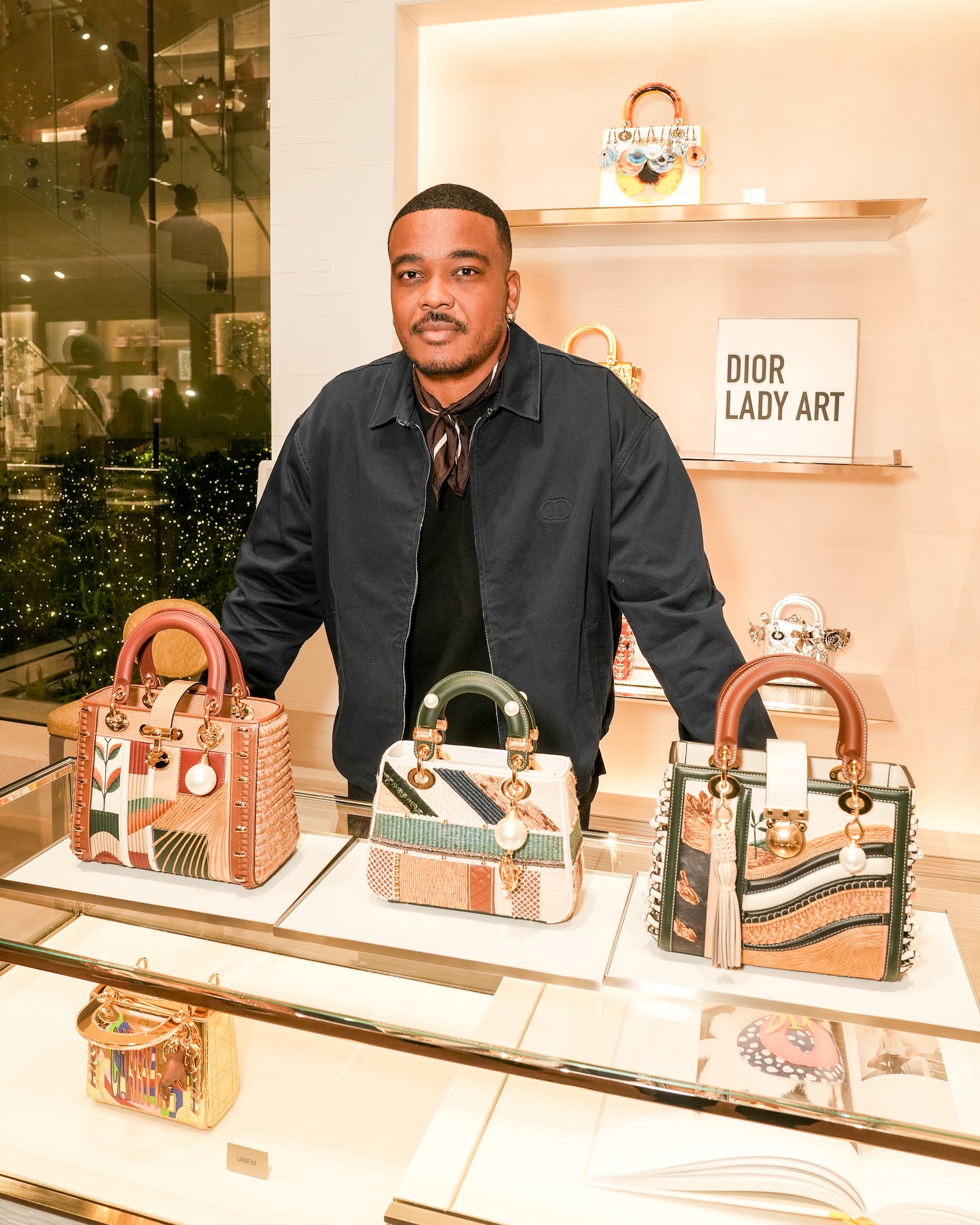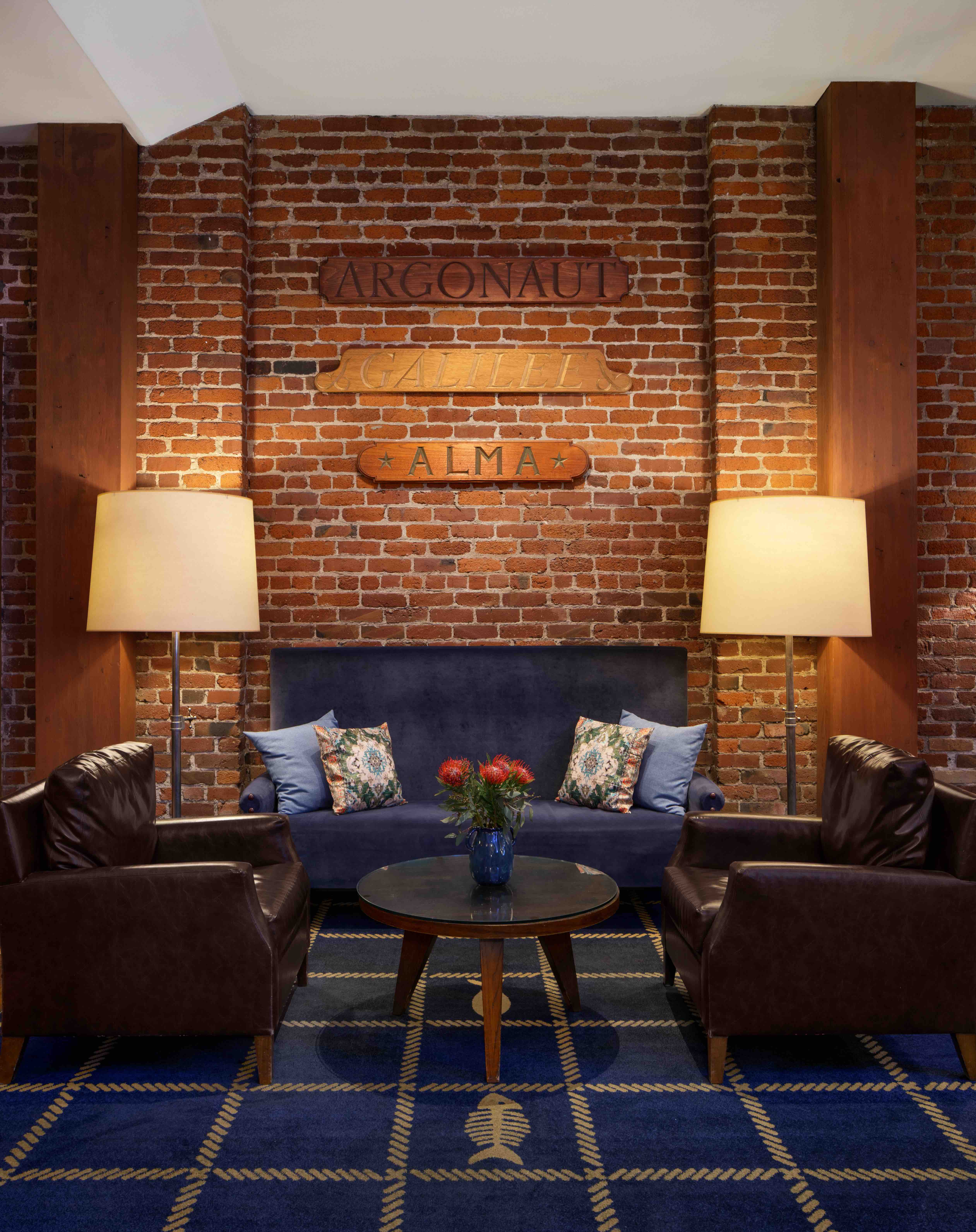![Alt Text]()
Tomaso Binga is the official pseudonym of an Italian poet, born Bianca Pucciarelli Menna. Her life time of work parodied the privileges enjoyed by men in society in order to destroy the imposed differences between the sexes, through the use of written word, bodies, gestures, signs, images and even sounds in performances, videos, collages, and paintings. Binga read from her new poem prior to the first models entering the catwalk in a collection that veered towards a new ambience of a utilitarian sportswear luxury albeit Dior sportswear.
Inside the tent in the gardens of the Musée Rodin, Maria Grazia Chiuri had placed images of Binga forming different letters to spell words on an array of square grids based on the poet’s 1976 masterwork ‘Alfabetiere murale’. It surrounded the audience in the designer’s continued quest to affirm her social-political activism in espousing unabashed feminism while creating a new wardrobe for a younger generation of women that embraces the Dior house codes with the social engagement mentality of the new customer. The opening look of a light grey tee-shirt printed with ‘Sisterhood is Global’ and grey skirt with a black vinyl waist belt continued the feminist activism of past collections. This dominant silhouette anchored the show, the waist was the main focus of each look emphasized by a large waist belt with a noticeable shape of the Saddle bag that delineated the coats and jackets on top and large, flowing skirts shapes on the bottom.
Chiuri deployed the laissez faire attitudes of the Teddy Girls of the British subculture in the early 1960’s, “impertinent characters with wild quiffs who wore Edwardian style men’s jackets with velvet scarves, ample skirts, jeans and black leather jackets” like Princess Margaret who chose a Dior gown in 1951 for her official birthday portrait by Cecil Beaton. Through these rebellious girls, Chiuri reconnected to the golden era of Dior but opting to make the clothes more contemporary rather than historical by focusing on the types of garments that can fit easily into any women’s wardrobe – tartan pants, green checks coats, a gray spread collar cropped jacket with large pants, lumber jackets and nylon anoraks striped wool sweaters and a variety of long skirts in a choice of fabrics from black tulle embroidered with flowers to pleated washed denim. Even evenings looks are more relaxed like pairing a black elbow sleeve tight blouse with neck bow with an embroidered tulle skirt or a simple spaghetti strap long black wool dress.
There can’t be a Dior show without a manifestation of the classic heritage Bar jacket New Look. Now softened into a more linear shape like the short grey pantsuit under a black vinyl leather coat or as a sleeveless double breasted short coat-dress where the rigid lines of the original version has been molded into the body in a less exaggerated manner.
While this more commercial oriented show has perfect amount of fall merchandises and balance the past and present flawlessly, the Dior heritage is also one of innovative shapes and fabrics with a significant quotient placed on the high fashion. What was missing in a reality driven fashion business today is perhaps this notion of experimental fashion that drives fashion forward in the same way the revolutionary 1947 New Look invented the fashion template of the modern era. But this is perhaps for a future chapter in today’s evolving Dior brand.
Photos courtesy of Dior
F L A U N T


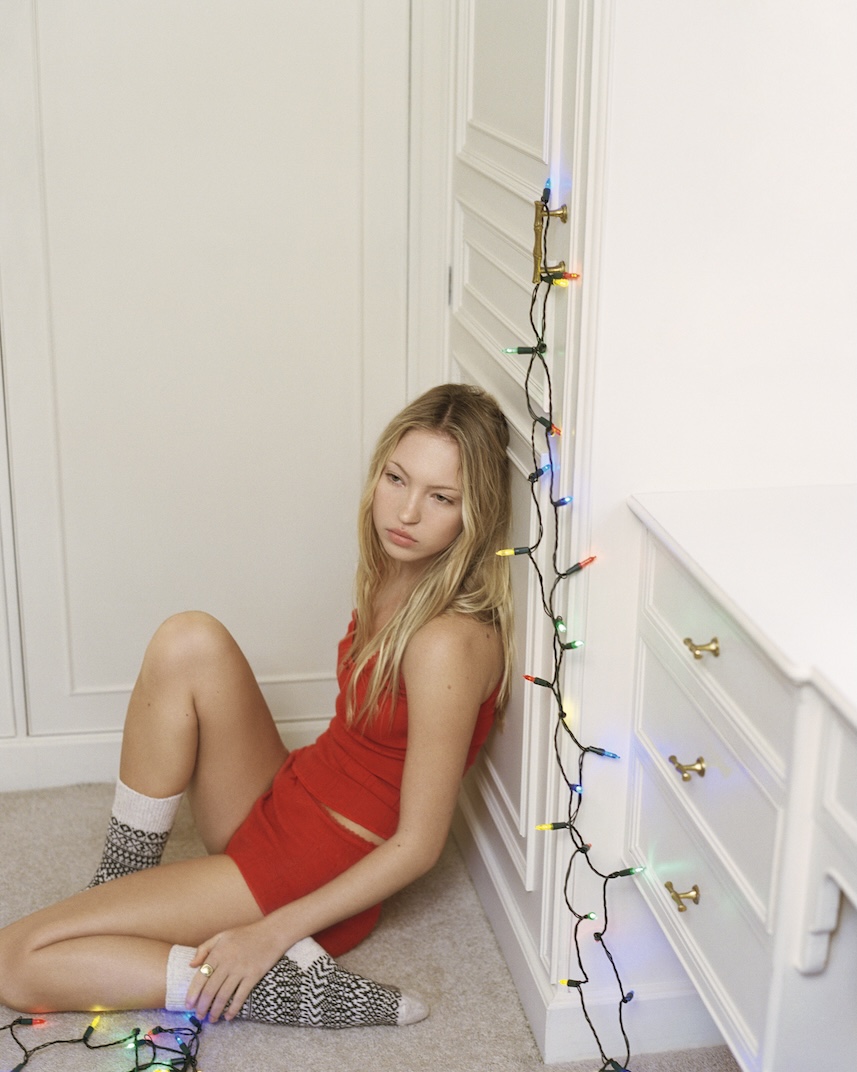
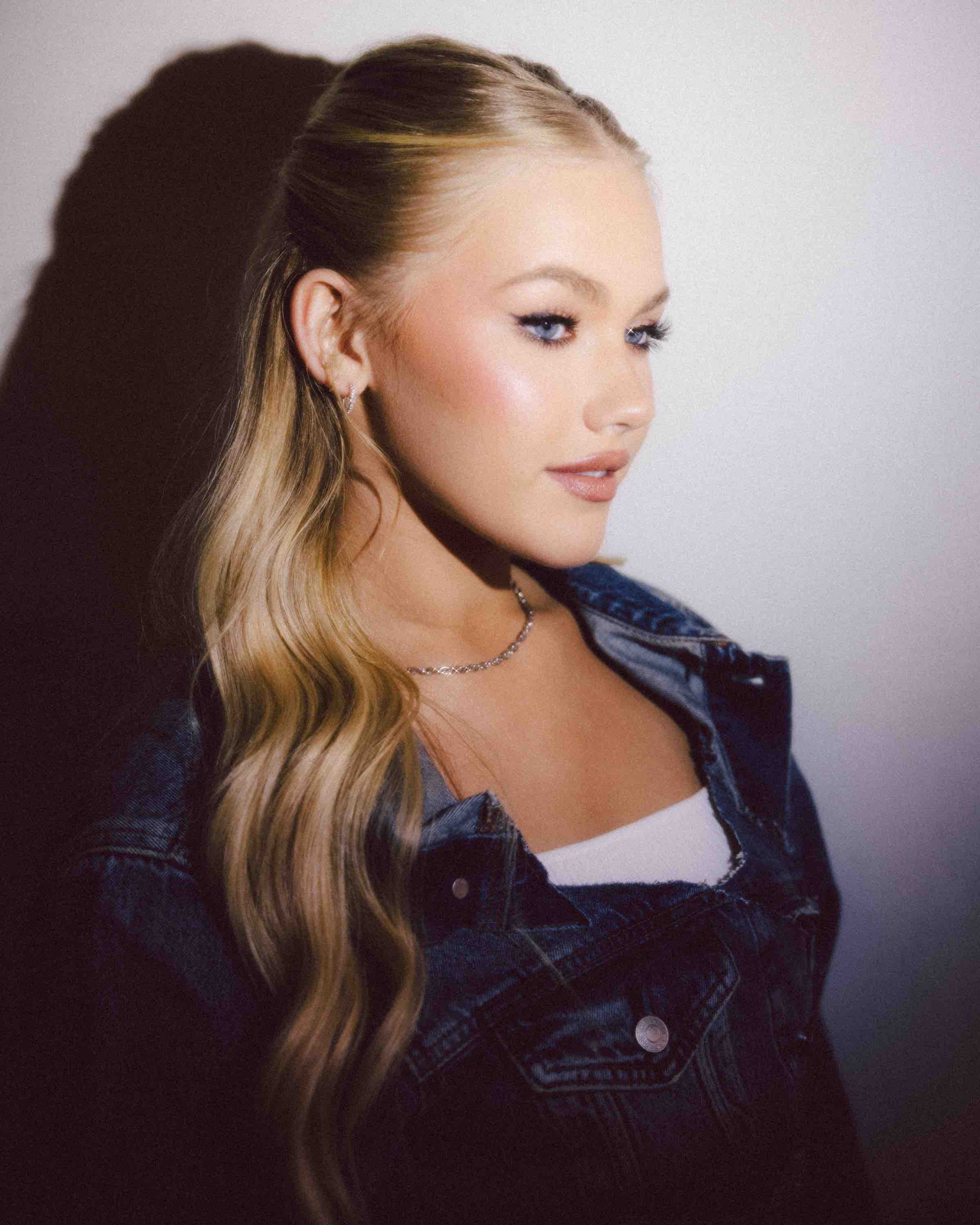
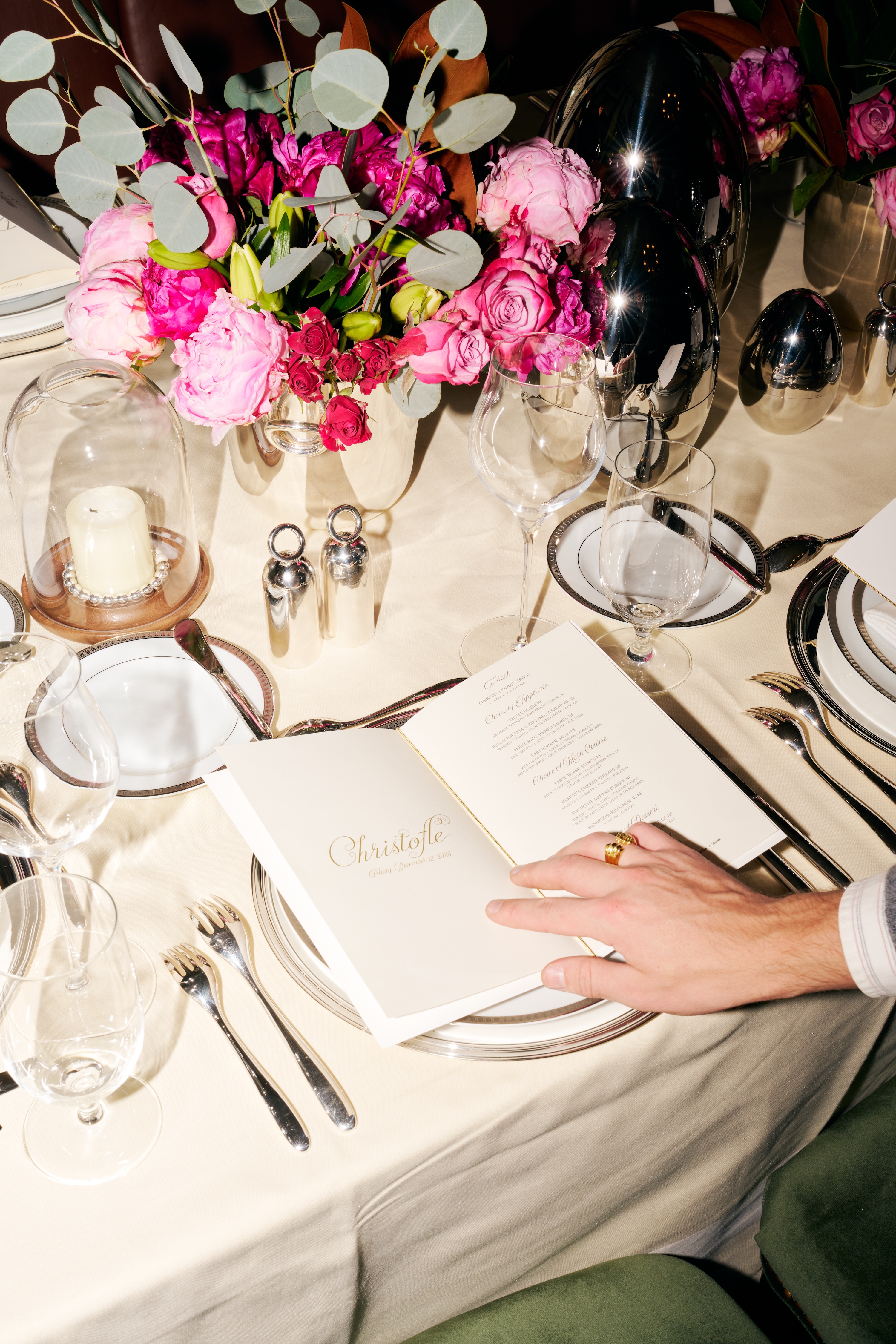


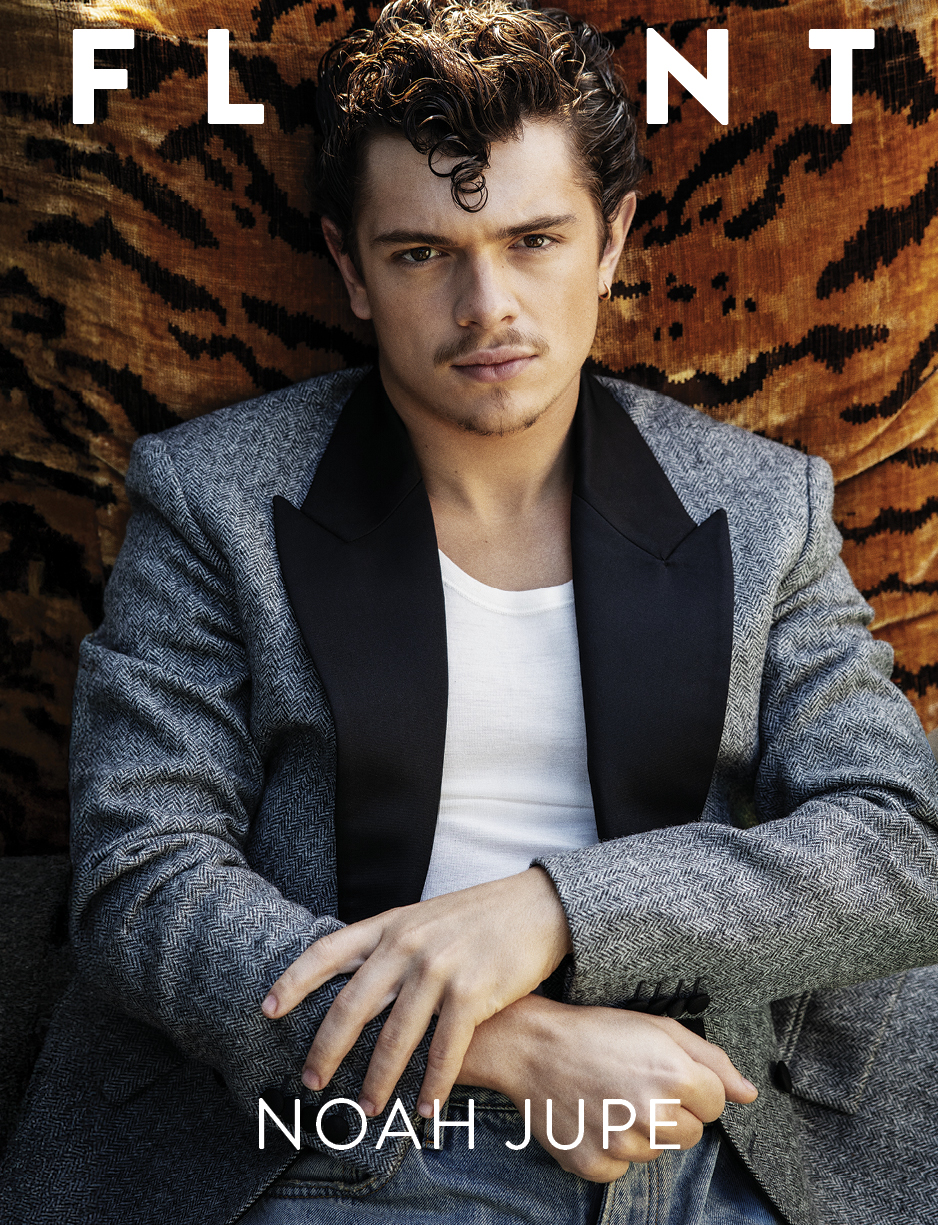

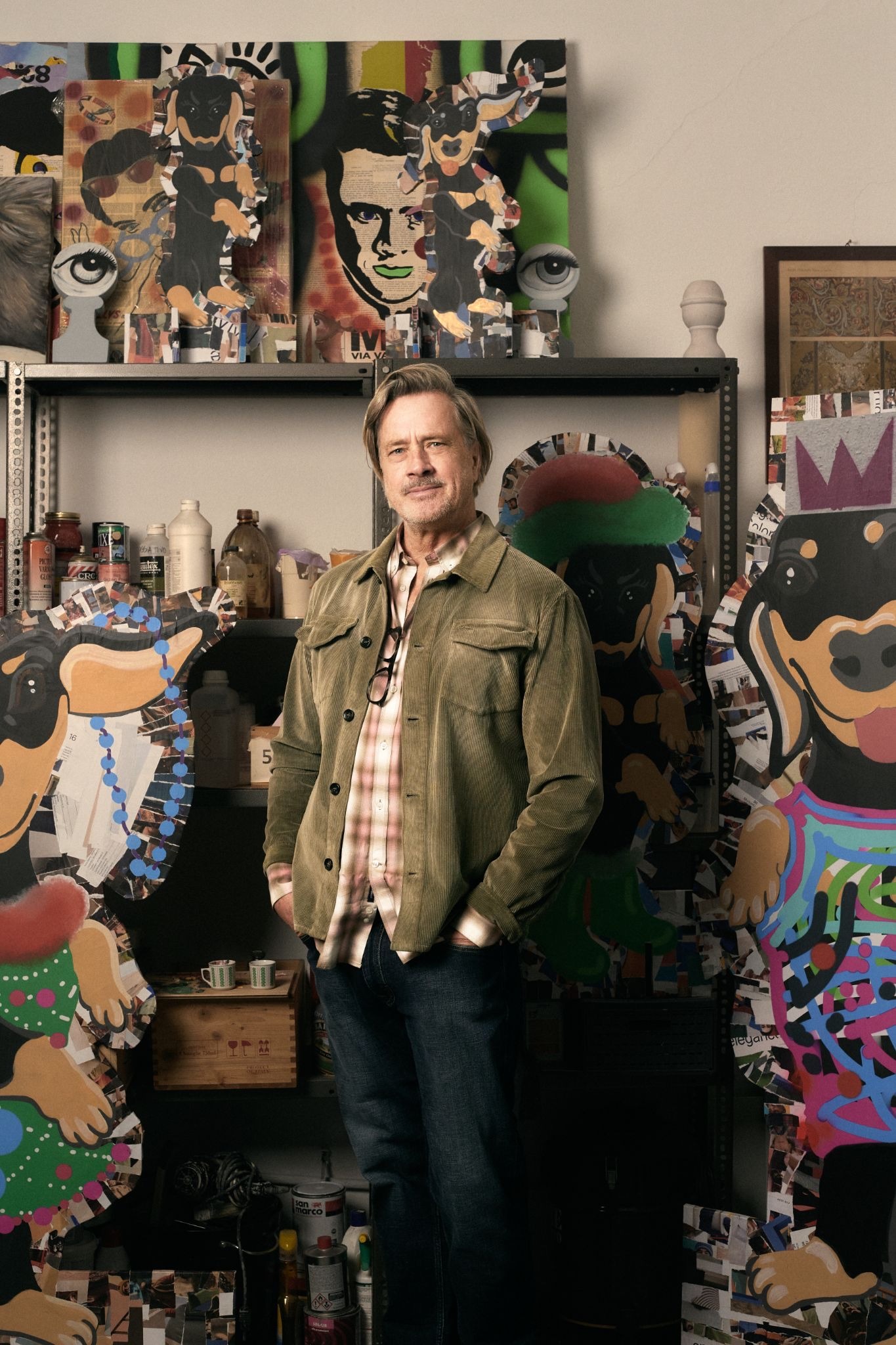
.JPG)
.jpg)
